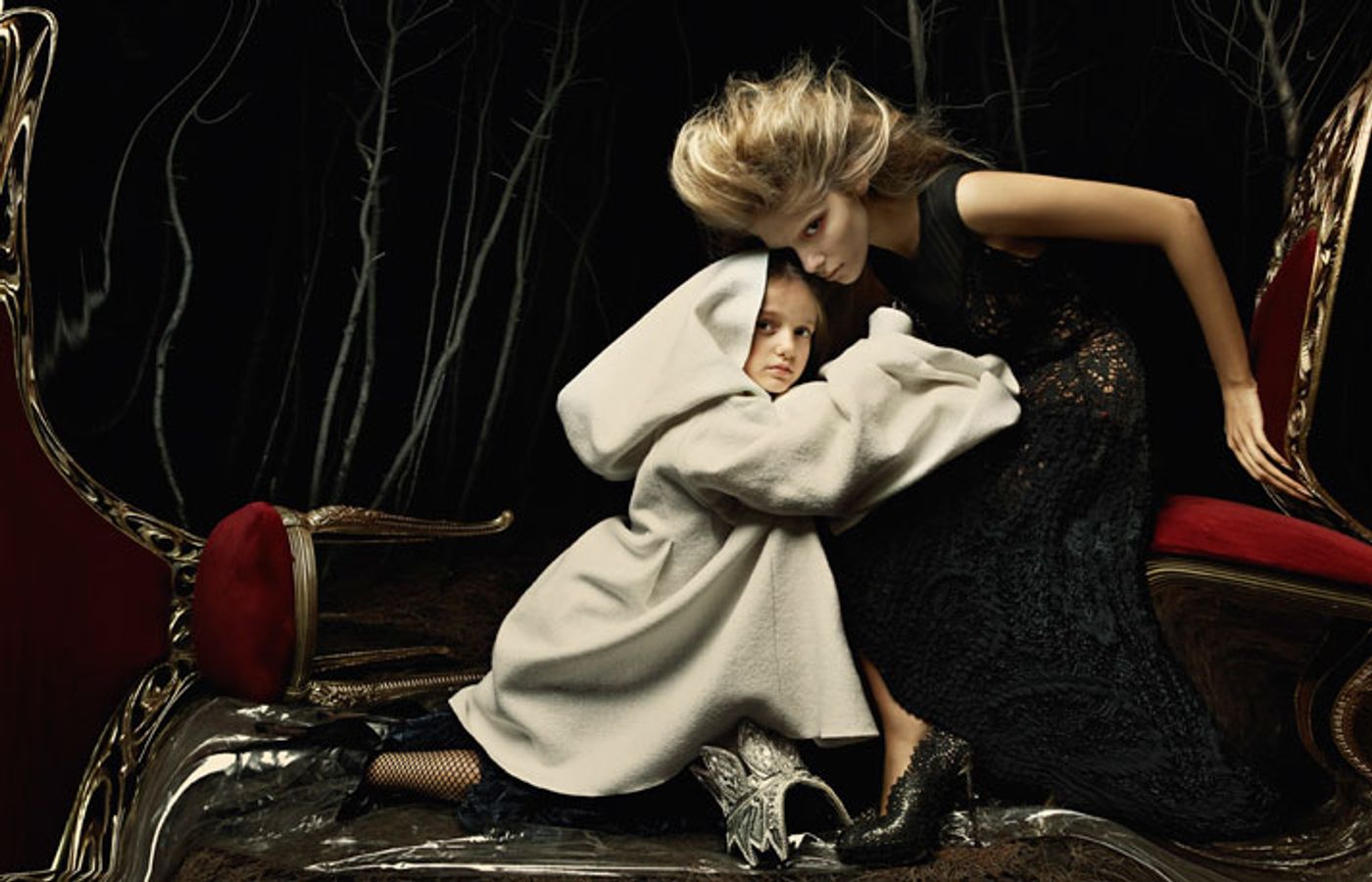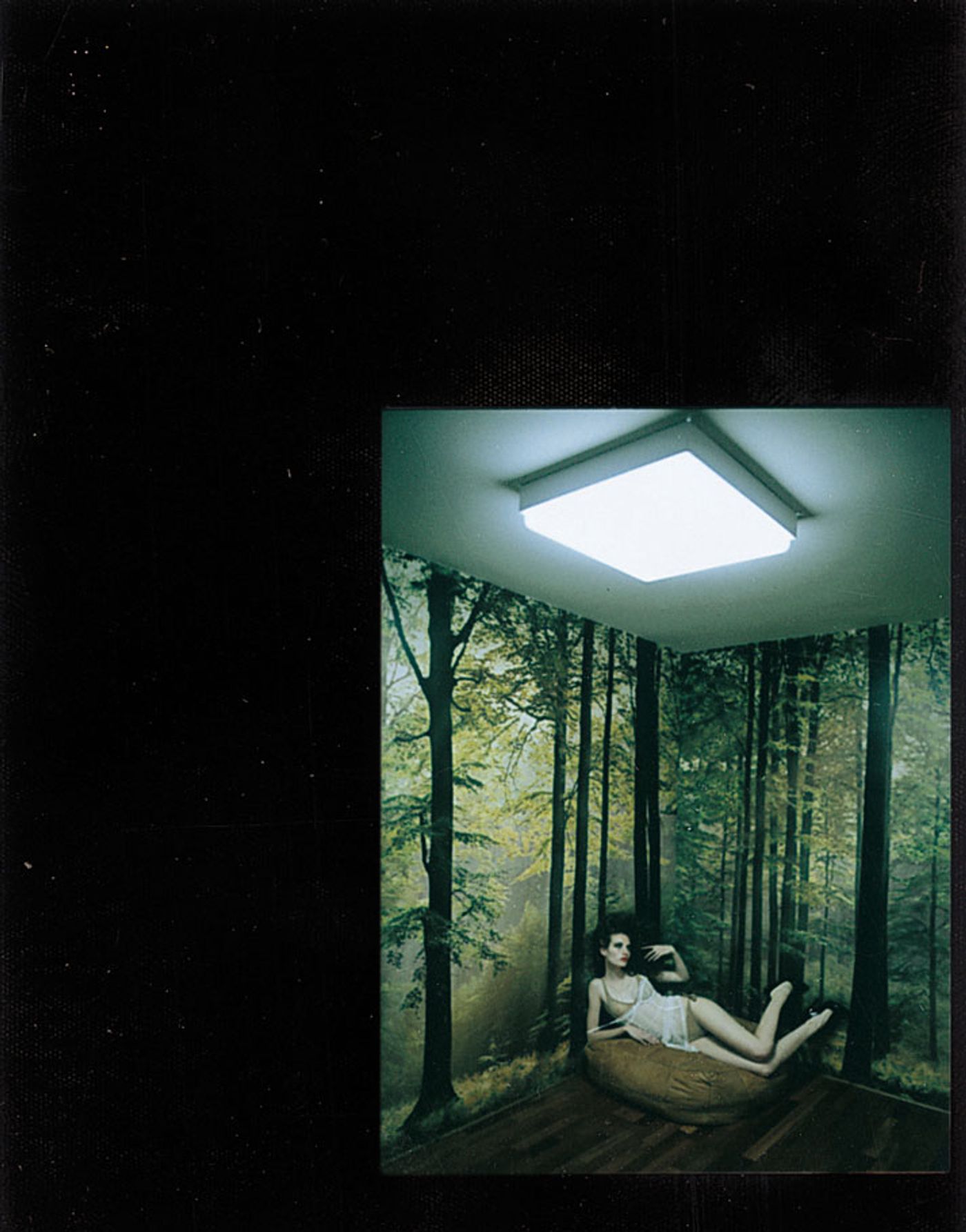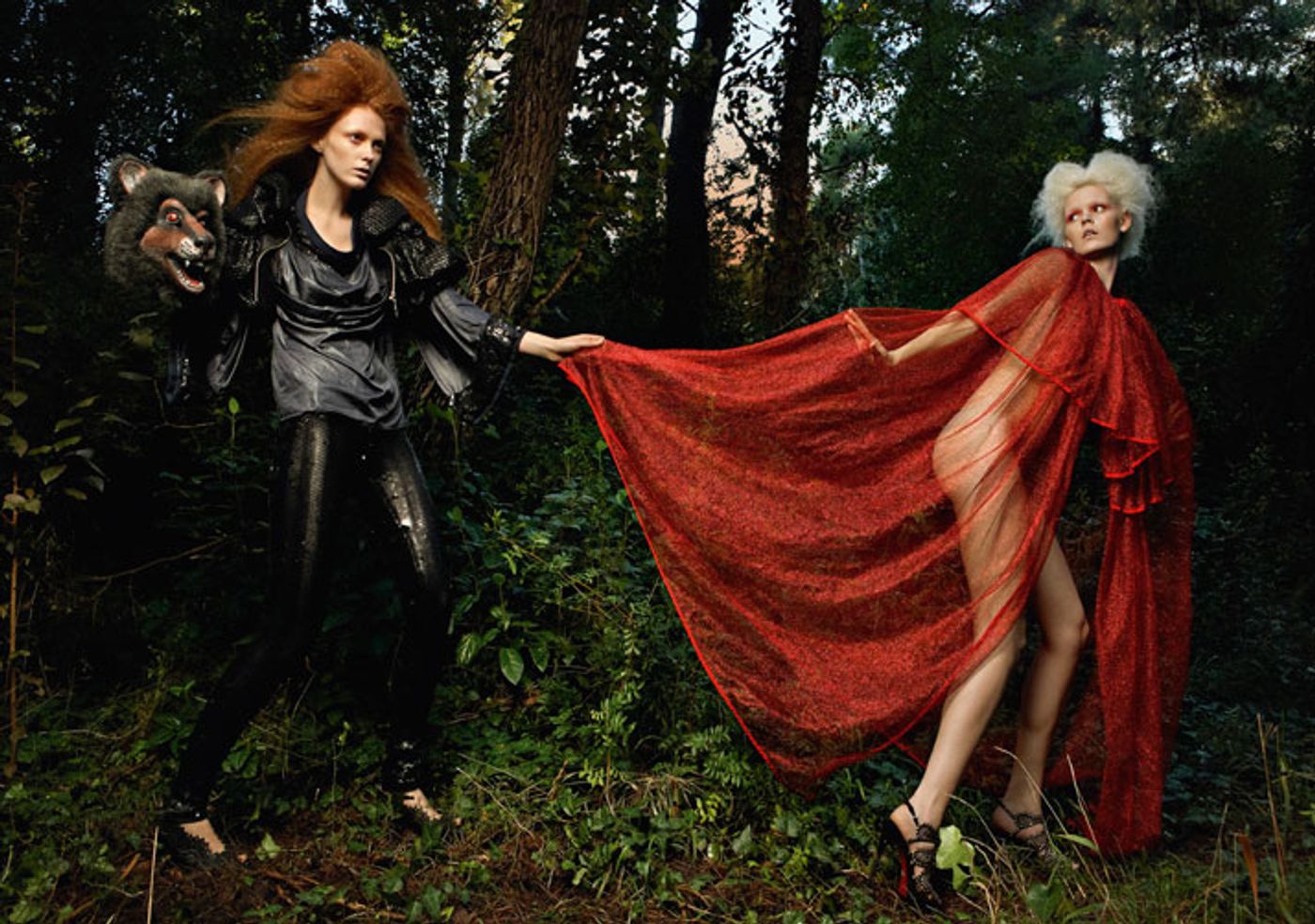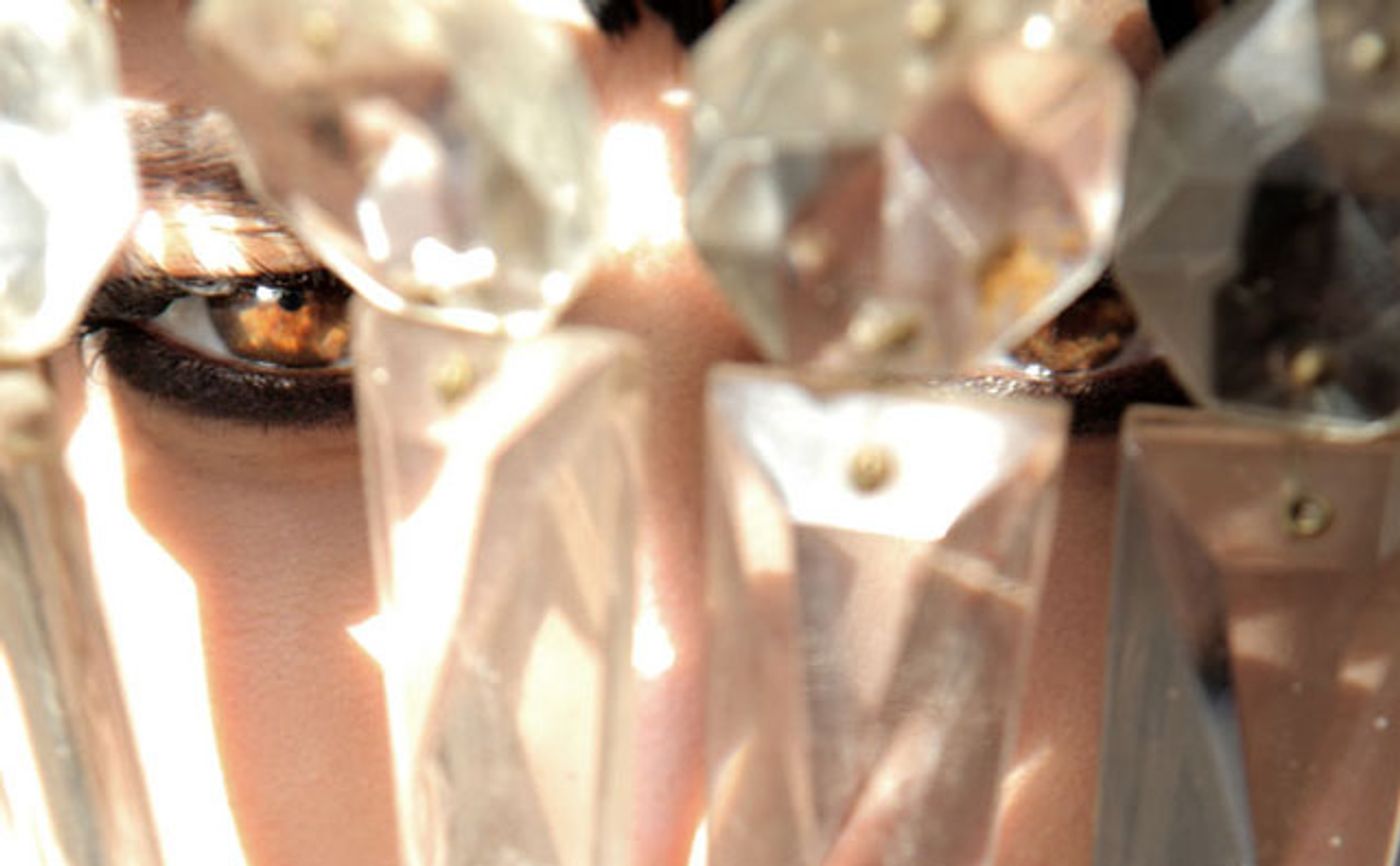
Mara Desipris Talks To Yatzer
Words by Apostolos Mitsios
Location
Athens, Greece
Athens, Greece
Location
Mara Desipris can really claim to be one of the few Greek fashion icons who have inspired an entire generation of fashion devotees that have followed in her wake. Desipris was initially working as a model back in the 80’s but, in looking for new ways to express herself, she gradually began to experiment with photography. What started as a mere adventure turned into a full time job and Desipris soon became one of the most famous fashion photographers in Greece. At that time, the Greek fashion scene was a small child that had just started discovering its potential. In daring to experiment with new forms, Mara Desipris injected the world of fashion with a more luxurious and sensual view, without fearing to let her vivid imagination guide her along new and unknown paths. What made Desipris’ work stand out, was her original view on the female body and sexuality. Her work is an ode to the inner power that every woman keeps under wraps whilst simultaneously acting as a bold invitation into experiencing this power without any feelings of guilt or regret. Her women stand like powerful Amazonas in a world that is constantly changing, claiming their position in contemporary societies. Their sensual gaze is a celebration of the archetypes of female beauty in a man’s world, only that according to Desipris, women take on the role of the boss, not the victim. Sociological references apart, her photos have this extraordinary ability to hit the heart straight on with that certain sense of effortlessness that so many photographers strive towards. It comes as no surprise therefore that fashion magazines totally fell in love with her photos right from the start, always keeping a very special place in their fashion spreads for her exotic imaginary.

photo © Mara Desipris.
As a celebration of her successful 20 year career, Mara Desipris is about to present her first retrospective exhibition, called 'Random', at CAMP (Contemporary Art Meeting Point) in Athens (March 28 - April 6 2012). The exhibition is being held in collaboration with OZON Raw magazine, as part of a series of events entitled 4FASHIONSHAKE days, curated by Filep Motwary and Dionisis Dimoulitsas. The 'Random' exhibition will include a selection of works from Desipris’ 'self_portrait' photographic album and will also feature her first experimentation with video art (a teaser by Yatzer's Creative team follows). Desipris’ intention was to reveal, through her selection of entirely analog unprocessed photographs, the different sides of her multifaceted character, challenging the viewers to identify their common identity. Yatzer took the opportunity to meet Mara Desipris and tried to look back at her 20 years in fashion in an exclusive interview for our readers. If you are not already a fan of Desipris’ photos, then this is your chance to absolutely fall in love with them!
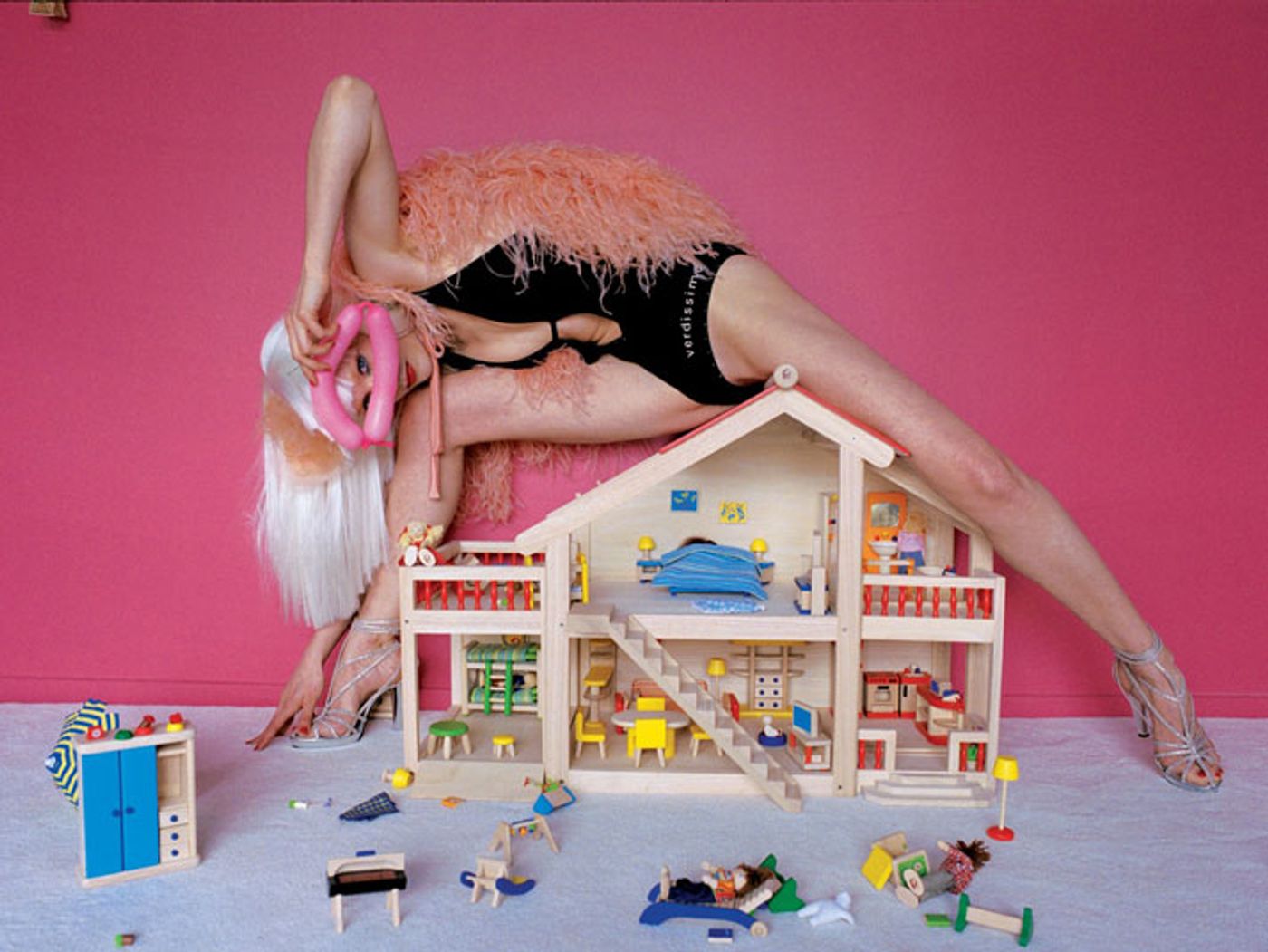
photo © Mara Desipris.
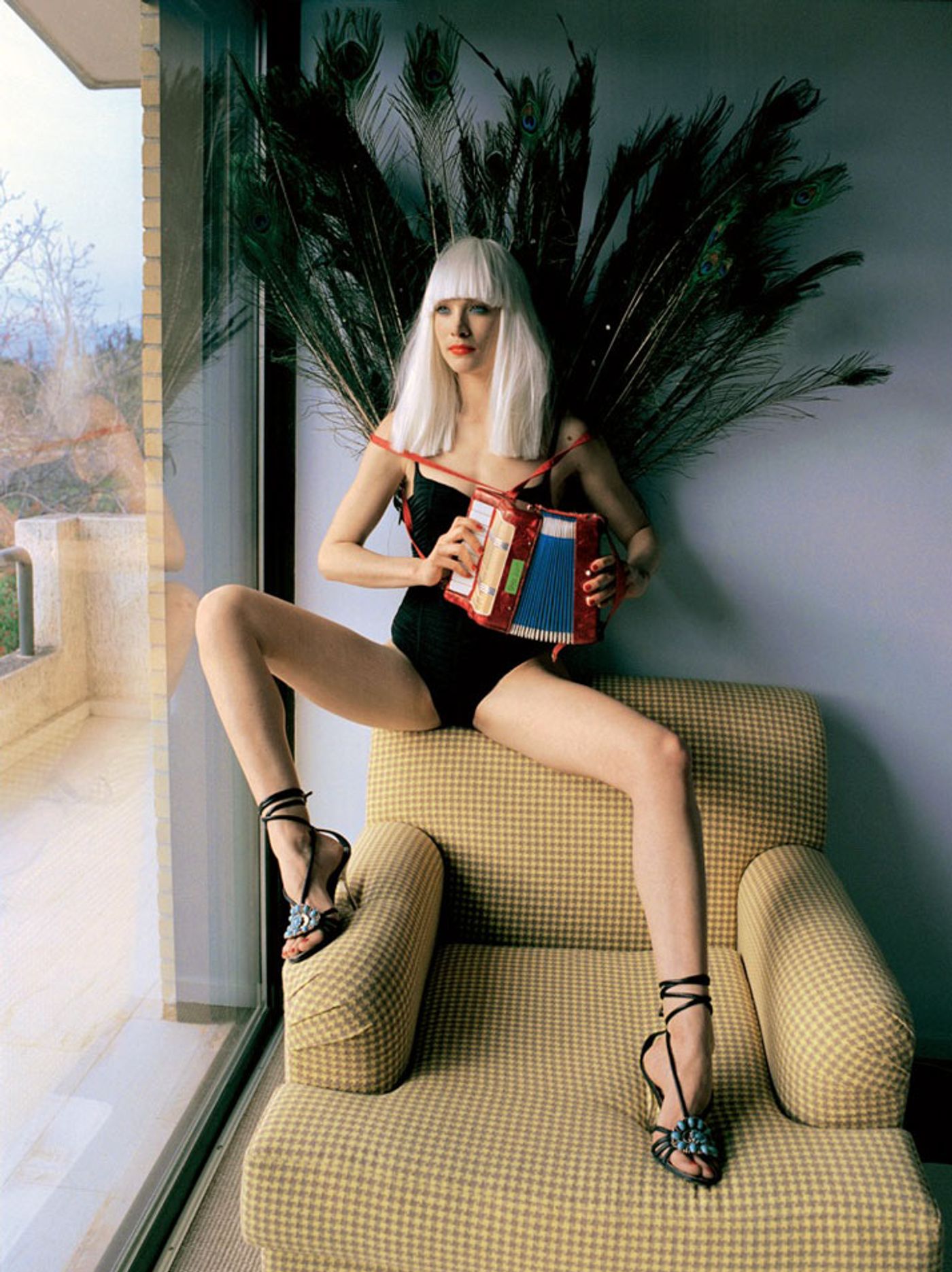
photo © Mara Desipris.
Mara, how did your love affair with photography start? Was there a particular incident that made you realize that this was your thing?
For as long as I can remember, I’ve always been a daydreamer. Photography, in that sense, became my way of bringing my fairytale world to life—a means of translating my imagination into images.
To be honest, I always wanted to be a director, not a photographer. But in Greece, filmmaking was, at the time, rather static, heavily influenced by what was then considered left-wing cinema. And as I mentioned, I always lived in a world of fantasy. I loved luxury, I was drawn to eccentric imagery, and I adored fairytales—so it seemed there was no place for me in the Greek film industry.
I feared being perceived as an anomaly for not conforming to the mainstream ideas of depth and artistic importance shared by most Greek directors.
My first mentor, Stefanos Pashos, was deeply involved in fashion photography, and I began working as his assistant. I was immediately captivated by the world of fashion photography—I loved the glamour, the magic, the creativity. It really is that simple.
In those early days, I did almost everything: from makeup and hairstyling to posing as a model. Over time, I naturally transitioned behind the lens, and before I knew it, I was taking photos myself.
In many ways, I never questioned my ability to take photographs—it felt innate, as though it was always meant to be. That was the beginning of it all.
Gradually, I found like-minded individuals who also shared a passion for fashion—and together, we became something of a clan.
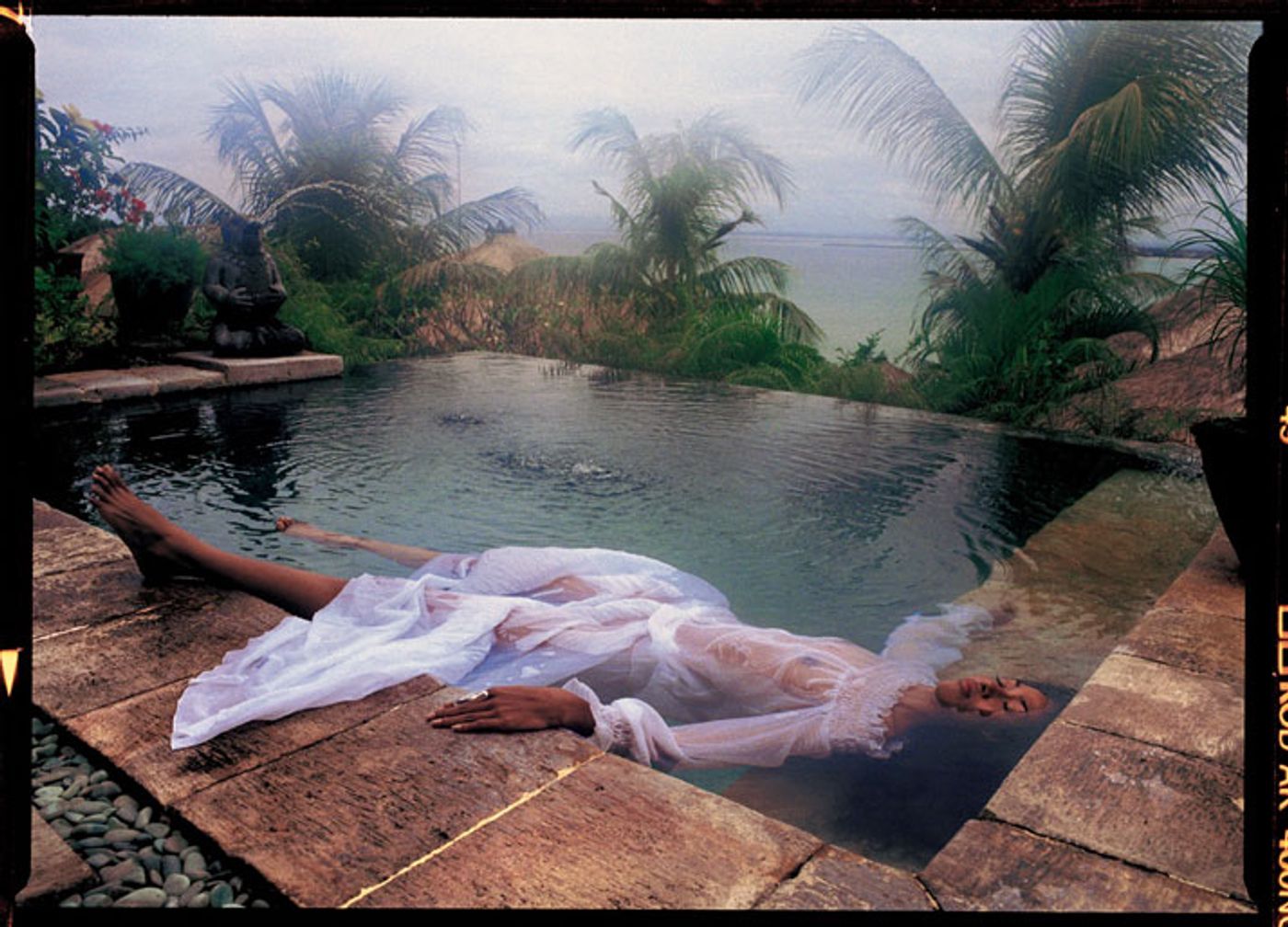
photo © Mara Desipris.
Do you remember the first time that a photo of yours got published?
Yes, I do remember—it was a shoot in an old paper factory near Piraeus Street, with ten Harley Davidson motorbikes and ten models, all in a style reminiscent of Peter Lindbergh, who has always been a key source of inspiration for me. As you can see, I started with a big production!
I’ve always been fascinated by large-scale shoots, similar to those featuring icons like Linda Evangelista and Christy Turlington back in the day. I still remember how friends showed up on set, and the whole thing turned into one big party.
The incredible part was that my photos were published immediately. In a way, I felt like a spoiled fashion kid—to this day, I don’t know what made them trust me so quickly. At the time, I didn’t even realize how lucky I was; it took me a while to fully grasp it.
I was fortunate enough to have amazing mentors—people who were generous with their knowledge and taught me so much. I absorbed their insights like a sponge, always adding my own personal touch to their influence.
Having the right references is crucial—especially in fashion. Without them, you risk staying on the surface and missing the deeper layers of creativity. And when I say references, I don’t just mean fashion-related ones. It’s also about movies, books, art, architecture, and anything else that can broaden your aesthetic understanding.
Your mind must work like a hard drive—able to absorb information from all kinds of sources. And remember, just because something isn’t trendy right now doesn’t mean you shouldn’t be aware of it.
If you want to create something truly your own, you can’t just copy others or simply document trends as they happen. True creativity comes from digging deeper—from understanding the past, observing the present, and imagining the future through your own lens.
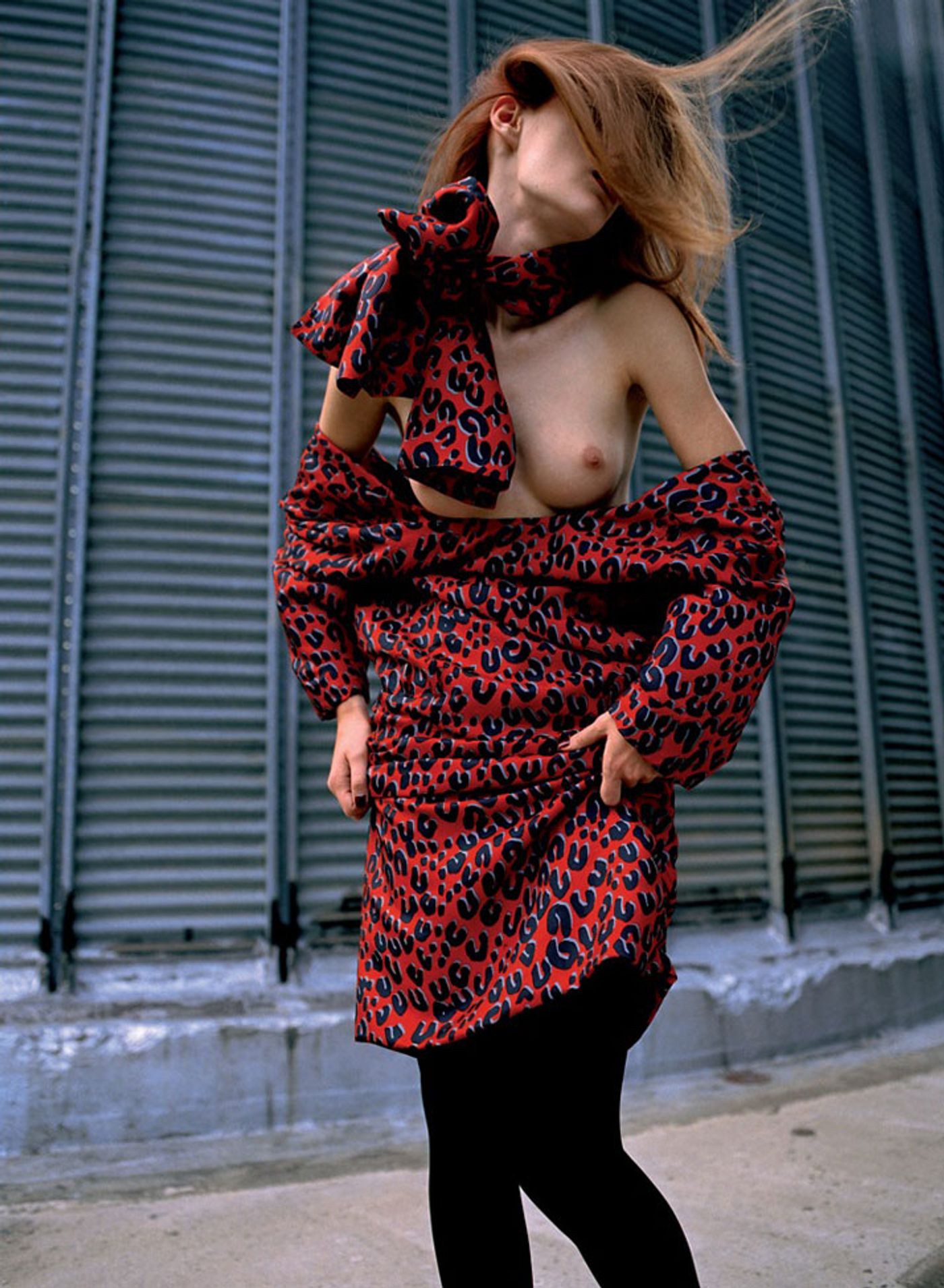
photo © Mara Desipris.
What was it like becoming a photographer after being a model? Does it give you a different perspective on things?
Well, it was something I’ve always wanted to do. Even when I was posing for other photographers, I often wondered what it would feel like to be on the other side of the camera. And eventually, I found out! (laughs). I suppose you could say that I understand the model’s perspective—what it feels like to be part of a shoot. Because of that, I do my best to make the process as comfortable as possible. That doesn’t mean I don’t occasionally “torture” them (laughs)—they might find themselves naked, posing with an iguana, and enduring seriously cold temperatures.
As I mentioned before, I’ve always had a passion for directing. And while I’m open to improvisation, I typically have a very clear vision of how I want things to unfold during a shoot. That desire for creative control eventually led me to experiment with video art, as you’ll see in my “Random” exhibition.
What you’re referring to is really interesting. To me, this exhibition feels like you’re coming full circle—like the story of a young girl who dreamt of becoming a director, became a model, then a photographer, and now, 20 years later, has finally found herself directing videos!
Well, even though I still consider myself a photographer, not a director, you definitely have a point! (laughs) It does feel like I’m finally coming closer to the initial vision I had of myself all those years ago!
How did you experience the turning point from the 90’s to the 00’s?
They feel like two completely different eras, with the main difference being the budget. But for me, that’s what makes it a great challenge—because I firmly believe that creativity isn’t dependent on having the perfect budget. In fact, I actually enjoy the challenge of being inventive with limited resources.
I’m very much aware of the reality around me, and while I often portray a fantasy world in my photos, that doesn’t mean I’m detached from reality. If anything, I believe that, especially nowadays, it’s even more important to open a door to a parallel dimension—a magical world that offers a sense of escape and imagination-fueled resilience.
Yes, I’ll admit, I was somewhat spoiled in the past. But that doesn’t mean that now, with circumstances having changed, I’ll just lock myself away and stop taking photos. Imagination is the key to everything, and you don’t need a big budget to keep it alive and thriving.
Photography is often seen as a creative field traditionally dominated by men. Did you feel you had to work twice as hard to prove your value as a female photographer? And do you think there’s such a thing as a distinctly female perspective in photography?
It’s unfortunate that many people still perceive photography as a male-dominated profession—I’d even go so far as to say it’s become a modern-day taboo. Throughout my career, I’ve never been particularly interested in the supposed differences between male and female photographers—to me, those distinctions don’t really make sense.
Of course, I’m not suggesting those differences don’t exist—after all, men and women are inherently different. But ultimately, what matters most is your personal perspective as a photographer, not your gender.
Some people have told me in the past that I photograph women with a “male gaze”, but to me, that’s just another cliché. I love photographing women—they are a constant source of inspiration—but that doesn’t make my perspective more male or female. It simply reflects my artistic view of the world.
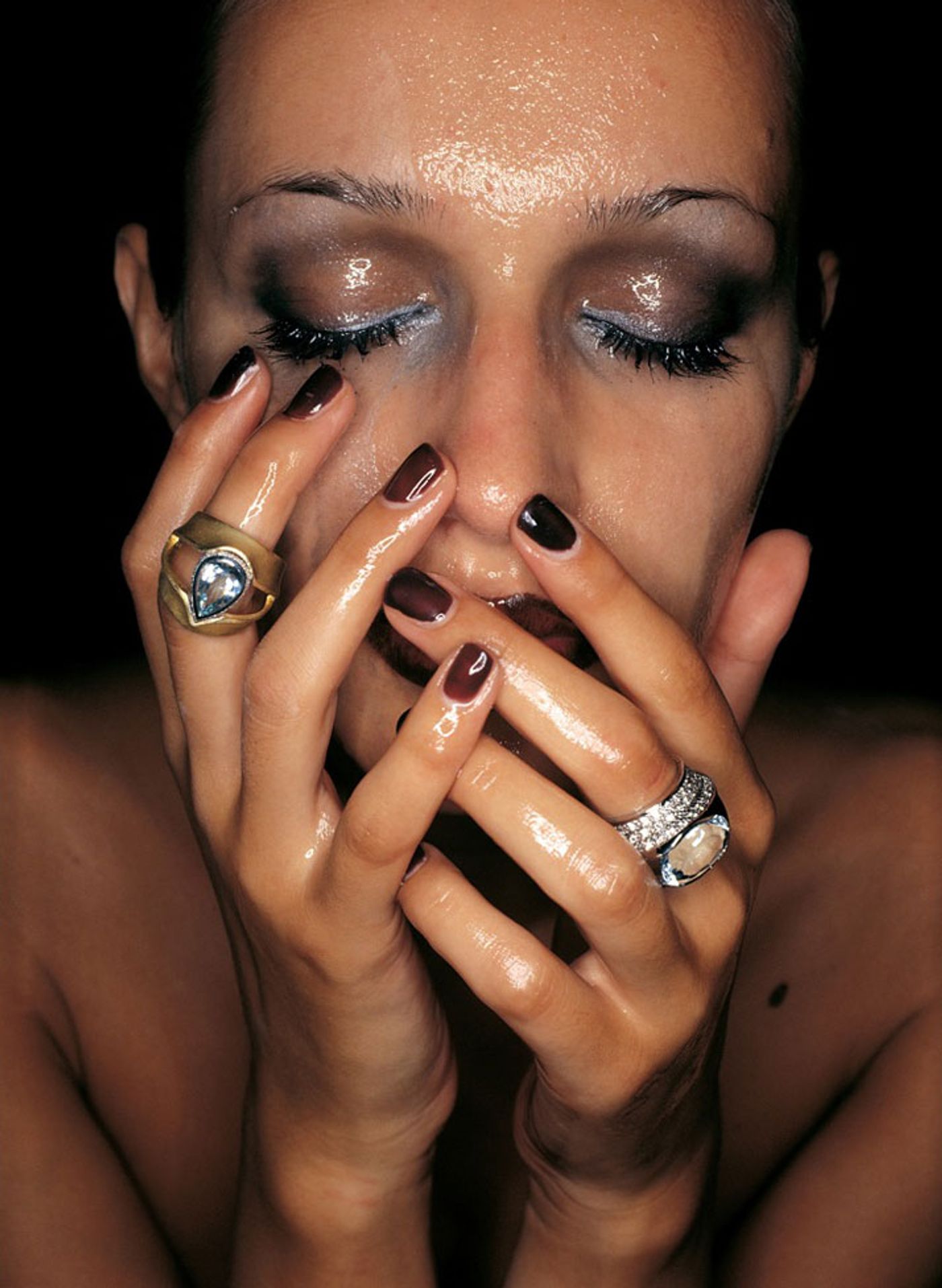
photo © Mara Desipris.
Your women exude power, seduction, and luxury. They are urban warriors, modern-day Amazons who could easily thrive without men—an independent tribe, living happily ever after beyond the constraints of patriarchal norms. Is this your way of challenging a society that still clings to outdated ideas? And I can’t help but wonder: what lies behind those masks? Are they meant to conceal a vulnerability that needs to be guarded at all costs?
Honestly, it’s not a conscious decision on my part. I definitely don’t limit myself to portraying only one type of woman. If you look closely at my work, you’ll often find a powerful, commanding figure alongside a delicately captured, sensitive counterpart. I enjoy revealing both sides of the female personality—strength and fragility, dominance and vulnerability.
The type of women I photograph often depends on the imaginary narrative I create for a specific shoot. Other times, it’s influenced by the stylist’s vision, as we work collaboratively throughout the creative process.
That said, I admit I have a natural inclination toward the kind of women you described. Helmut Newton is my all-time favorite photographer, which probably says a lot. But I don’t consciously direct my subjects to appear dominant or seductive—it simply happens instinctively.
Sometimes, you can’t fully explain the creative process because it’s so deeply intuitive. In the end, it’s up to the viewer to interpret what they see—to project their own ideas onto the images I create.
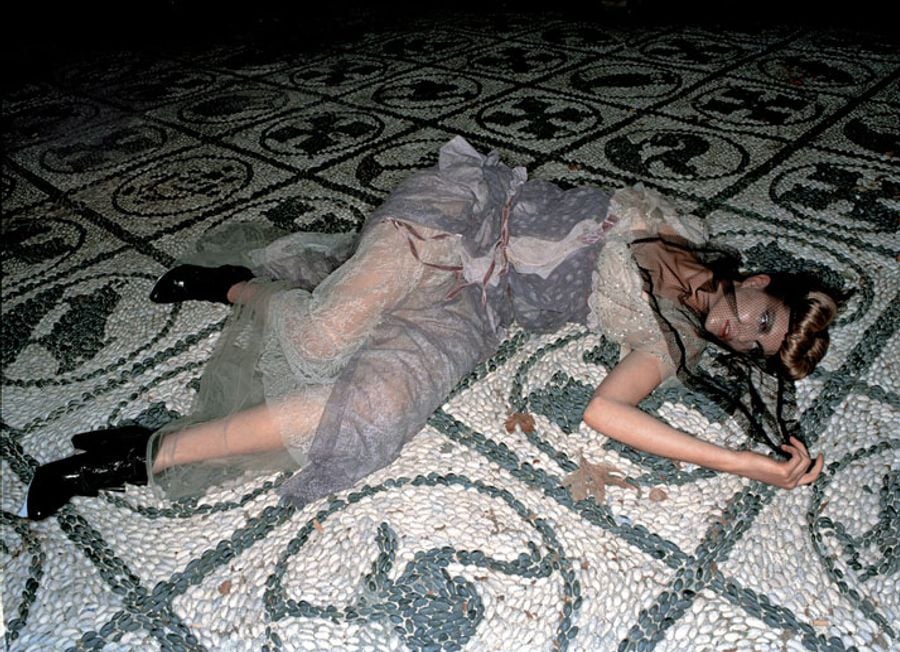
photo © Mara Desipris.

You’re about to present your retrospective exhibition, entitled “Random”, at CAMP (Contemporary Art Meeting Point) in Athens. Tell us a bit about what we can expect. Why “Random”? And why now?
The creative process was both simple and complex at the same time. I selected my all-time favorite analog photographs to capture an era that existed before the invasion of digital photography. This exhibition is my personal tribute to what many consider “real photography”—a way of honoring the craft while simultaneously turning the page and beginning a new chapter in my career.
I used my “Self-Portrait Book” as a primary reference during the selection process. The guiding question I asked myself was: Which of my photos would I love to see printed in large format, hanging on a wall? The choices were entirely instinctive, and I know that if I’d done this at another stage in my career, I might have chosen completely different images.
Interestingly, the exhibition itself was ready four years ago, but it took me a long time to find the right space.
Now that the moment has finally arrived, I feel that “Random” perfectly reflects both my journey and the unpredictable nature of creativity itself.
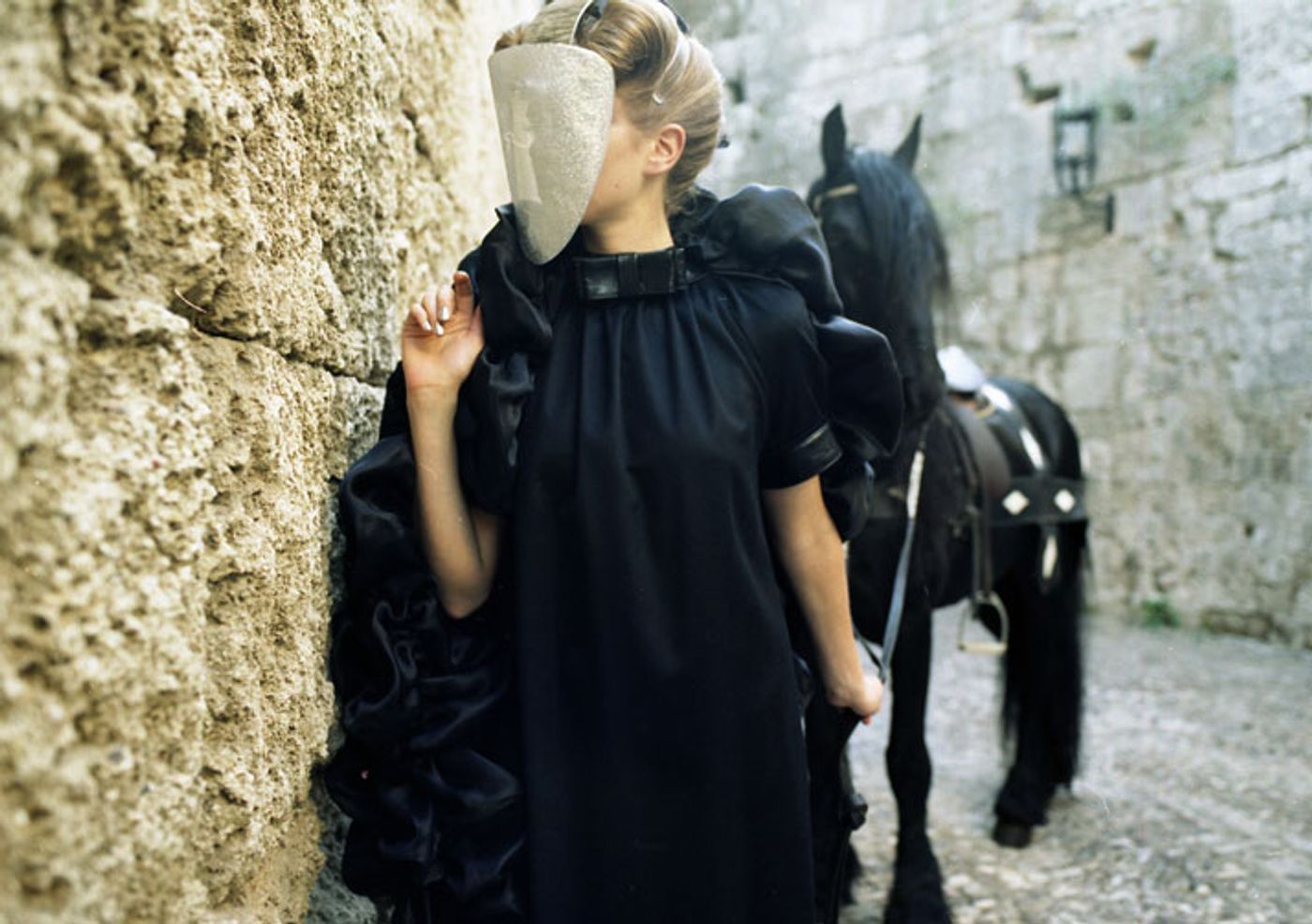
photo © Mara Desipris.
So how did you finally choose CAMP for your exhibition?
It all happened in a very metaphysical way! I wanted to create a dialogue between my photographs and the surrounding space—for the two to interact as a cohesive whole—and CAMP turned out to be the perfect setting for that.
The secret lies in a video that serves as the unifying thread of the exhibition. It’s the only new addition I made during those four years of searching for the right space. The video is, in fact, an ode to my old house—a personal farewell to a place I deeply cherished before moving into my new home and starting a new chapter in my life.
When I discovered CAMP, housed in a similar old building to my previous home, I immediately knew that this was the place I’d been looking for. It felt like coming home again—a deeply emotional experience that I believe is reflected in the exhibition.
Visitors will have the unique opportunity to peek into my home—and in doing so, get a closer look at me. It’s almost like a real-life Big Brother experience! (laughs)
This exhibition symbolizes a new beginning. And as we all know, you can’t truly move forward without first acknowledging the past.
What are your plans for the future? What’s left for you to explore?
Honestly, I have no idea what the future holds! (laughs) I never make plans; I genuinely try to live in the present and take nothing for granted—especially in a world that feels more uncertain than ever.
That said, I may well continue exploring the world of video. I don’t necessarily mean fashion-related projects—I’m always curious about new creative possibilities, and video art might just be the next adventure I choose to dive into.
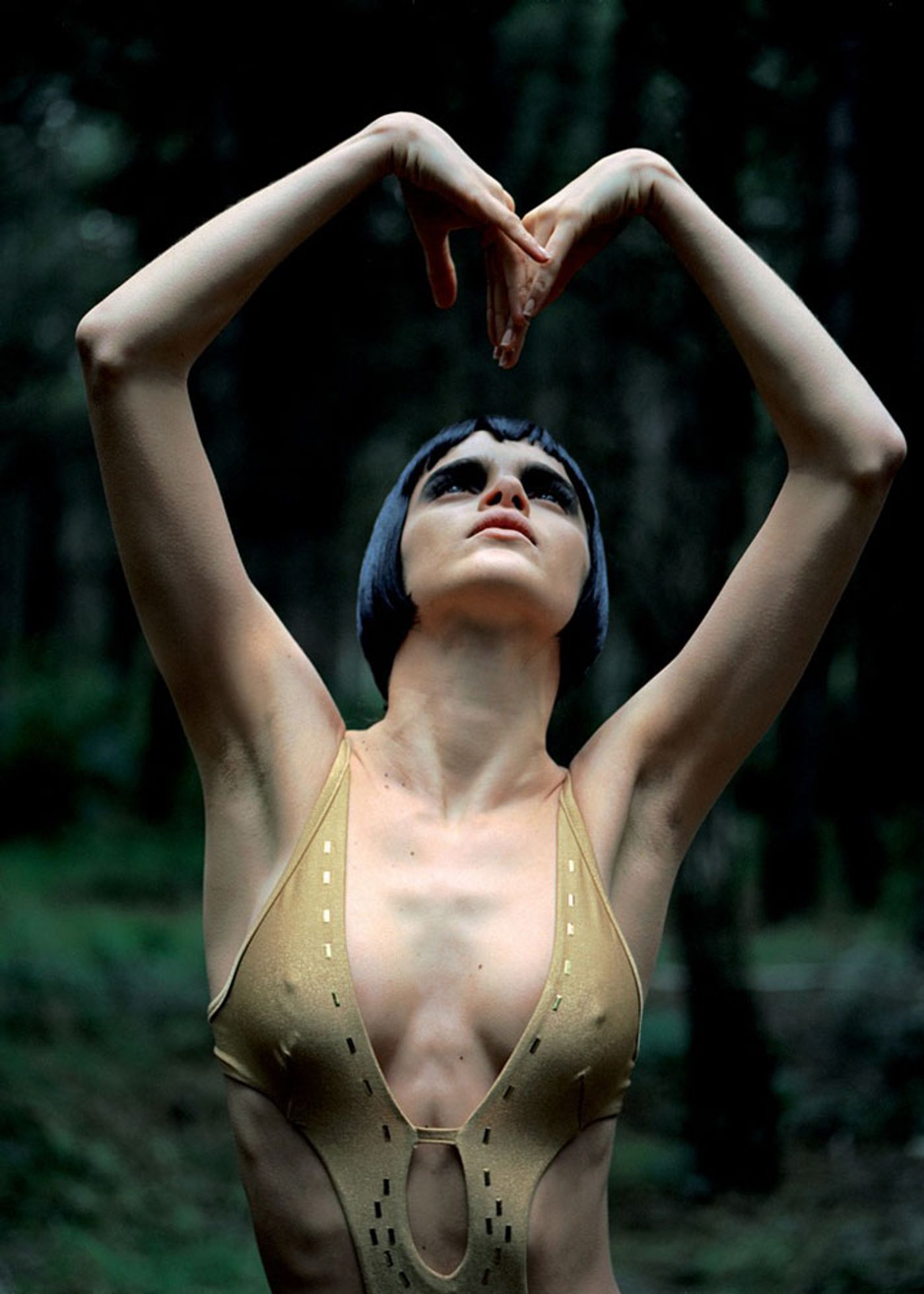
photo © Mara Desipris.
